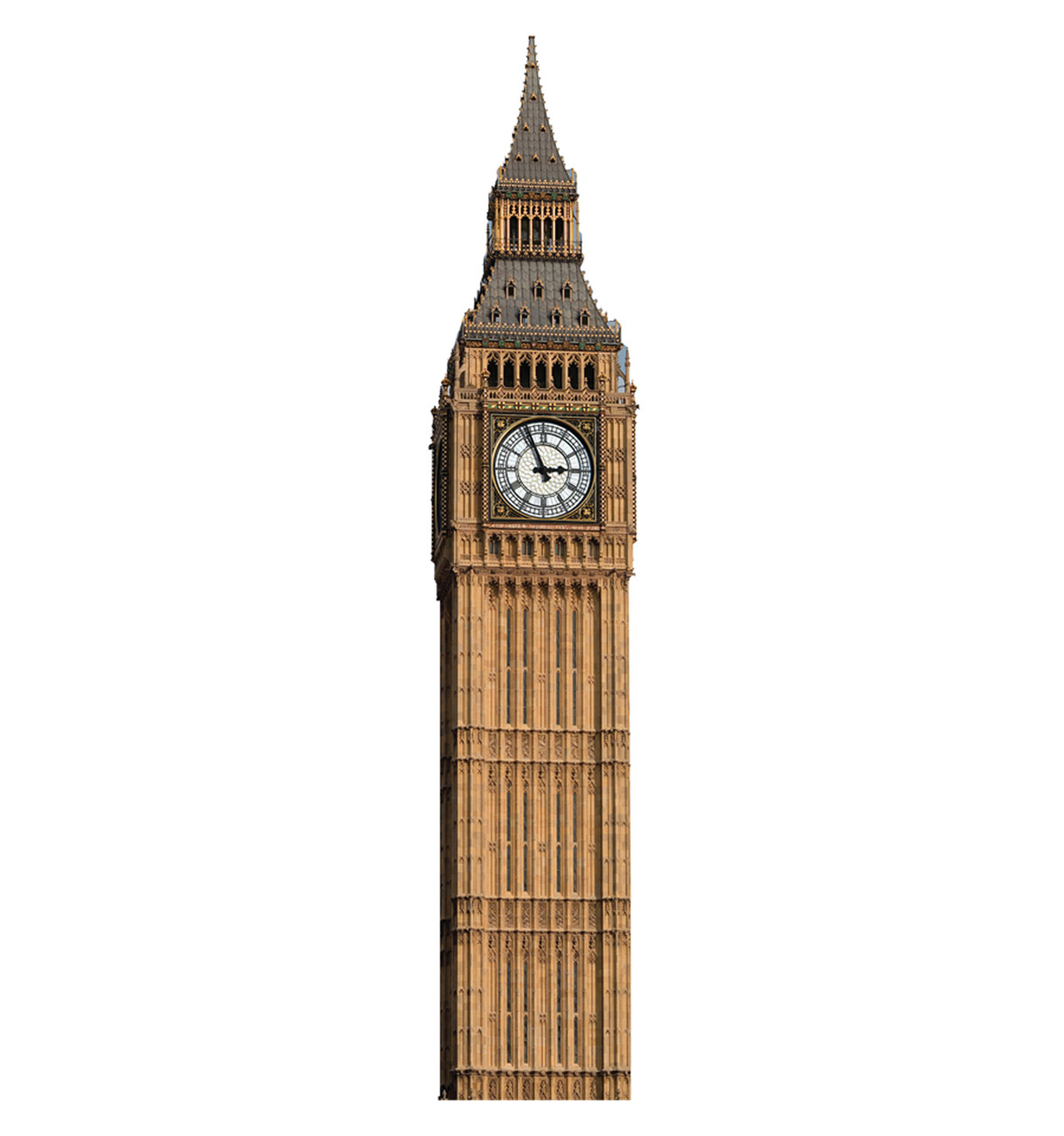The Tower of Big Ben stands as one of the most iconic landmarks in London, symbolizing not only the passage of time but also the rich history of the United Kingdom. Known for its grandeur and precise timekeeping, this clock tower attracts millions of tourists each year. Its presence dominates the London skyline, making it a must-visit destination for visitors from around the globe.
The Tower of Big Ben is not just a clock tower but a testament to British engineering and architectural prowess. Since its completion in 1859, it has served as a beacon of reliability and accuracy, striking the hours with unparalleled precision. This historic structure continues to inspire awe and admiration, drawing people from all walks of life to witness its majesty.
In this article, we will explore the history, architecture, and cultural significance of the Tower of Big Ben. From its construction to its modern-day role as a symbol of London, we will delve into the fascinating details that make this landmark so special. Whether you're a history enthusiast, architecture lover, or simply curious about one of the world's most famous clocks, this article has something for everyone.
Read also:Tom Hollander Movies And Tv Shows A Comprehensive Exploration
A Brief History of the Tower of Big Ben
The Tower of Big Ben's history dates back to the early 19th century when the Palace of Westminster was rebuilt after a devastating fire in 1834. The decision to include a grand clock tower in the new design was made to reflect the importance of timekeeping in governance and public life. Architect Charles Barry was tasked with designing the new Houses of Parliament, and he collaborated with Augustus Pugin to create the iconic Gothic Revival style that characterizes the tower today.
Construction of the tower began in 1843 and was completed in 1859. The clock mechanism, designed by Edmund Beckett Denison, was installed in 1854, and the Great Bell, commonly referred to as "Big Ben," was cast in 1856. Weighing approximately 13.5 tons, the bell was named after Sir Benjamin Hall, the First Commissioner of Works at the time.
Origins of the Name "Big Ben"
While many people assume that "Big Ben" refers to the entire tower, the name actually specifically refers to the Great Bell inside the clock tower. The origin of the name is debated, with some attributing it to Sir Benjamin Hall, whose name is inscribed on the bell, while others believe it was named after Benjamin Caunt, a famous heavyweight boxing champion of the era.
Regardless of its origins, the name "Big Ben" has become synonymous with the entire structure, and it is now widely recognized as one of the most famous landmarks in the world.
The Architecture of the Tower of Big Ben
The Tower of Big Ben is a masterpiece of Gothic Revival architecture, characterized by its pointed arches, ribbed vaults, and elaborate ornamentation. Standing at 96 meters (315 feet) tall, the tower dominates the London skyline and serves as a visual reminder of the city's rich architectural heritage.
The clock faces, each measuring 7 meters (23 feet) in diameter, are made of opal glass and feature intricate ironwork and gilded details. The hands of the clock are enormous, with the minute hand measuring 4.2 meters (14 feet) in length and the hour hand measuring 2.7 meters (9 feet). Despite its size, the clock is renowned for its accuracy, maintaining time to within a second of the correct time.
Read also:Steven Seagal The Martial Artist Actor And Iconic Hollywood Legend
Materials Used in Construction
- Portland stone: Used for the exterior walls and decorative elements.
- Cast iron: Employed for the framework and structural components.
- Opal glass: Used for the clock faces to ensure visibility even in poor weather conditions.
These materials were chosen not only for their aesthetic appeal but also for their durability and ability to withstand the harsh London climate.
The Clock Mechanism: Precision Engineering
The clock mechanism of the Tower of Big Ben is a marvel of Victorian engineering. Designed by Edmund Beckett Denison, a lawyer and amateur horologist, the mechanism is renowned for its accuracy and reliability. It operates using a gravity-driven weight system, with a pendulum that swings every two seconds to regulate the timekeeping.
One of the most impressive features of the clock is its ability to maintain accurate timekeeping despite external factors such as wind and temperature changes. This is achieved through a system of compensation weights and a double three-legged gravity escapement, which ensures that the pendulum remains unaffected by external forces.
Maintenance and Repairs
Maintaining the Tower of Big Ben's clock mechanism requires regular attention and care. Skilled clockmakers from the Palace of Westminster's team of experts are responsible for ensuring that the clock remains in perfect working order. Over the years, several major restorations have been carried out to preserve the tower's structural integrity and mechanical functionality.
In 2017, a major conservation project was undertaken to restore the tower and its clock. This project, which lasted several years, involved cleaning and repairing the clock faces, replacing worn-out components, and upgrading the lighting system to energy-efficient LED bulbs.
Cultural Significance of the Tower of Big Ben
The Tower of Big Ben holds immense cultural significance for the people of the United Kingdom and beyond. As a symbol of parliamentary democracy and the passage of time, it has become an enduring icon of British identity. Its chimes, broadcast on BBC Radio since 1923, have marked significant moments in British history, including the end of World War II and the coronation of Queen Elizabeth II.
In addition to its symbolic value, the tower has also played a prominent role in popular culture, appearing in countless films, television shows, and works of literature. Its distinctive silhouette is instantly recognizable, making it a beloved figure in the global consciousness.
Depictions in Popular Culture
- Doctor Who: The Tower of Big Ben has appeared in several episodes of the popular sci-fi series.
- James Bond Films: The tower has been featured in numerous Bond movies, often serving as a backdrop for thrilling action sequences.
- Harry Potter: In "Harry Potter and the Prisoner of Azkaban," the clock tower is seen during a scene set in London.
These depictions have further cemented the tower's status as a cultural icon, ensuring its place in the hearts of people around the world.
Visiting the Tower of Big Ben
While the interior of the Tower of Big Ben is not open to the general public, UK residents and visitors can book tours through their local Member of Parliament. These tours offer a rare opportunity to see the inner workings of the clock mechanism and enjoy breathtaking views of London from the top of the tower.
For those unable to visit the interior, the exterior of the tower is still a must-see attraction. Located on the north side of the Palace of Westminster, the tower can be admired from various vantage points along the River Thames, including Westminster Bridge and the South Bank.
Tips for Tourists
- Book your visit well in advance to secure a spot on a guided tour.
- Arrive early in the morning to avoid crowds and enjoy the best lighting conditions for photography.
- Consider visiting during the Changing of the Guards ceremony at Buckingham Palace for a full London experience.
By following these tips, visitors can make the most of their trip to this historic landmark.
Restoration Projects and Future Plans
Over the years, the Tower of Big Ben has undergone several restoration projects to ensure its longevity and preserve its architectural beauty. The most recent restoration, completed in 2021, was one of the largest and most comprehensive in the tower's history. It involved meticulous cleaning and repair work, as well as the installation of modern amenities such as an elevator and improved accessibility features.
Looking to the future, plans are underway to enhance the visitor experience at the tower while maintaining its historical integrity. These plans include the creation of new exhibits and interactive displays that will educate visitors about the tower's history and significance.
Environmental Efforts
In line with global efforts to combat climate change, the Tower of Big Ben has adopted several environmentally friendly practices. The recent restoration project included the installation of energy-efficient lighting and improved insulation, reducing the tower's carbon footprint. Additionally, plans are being made to incorporate renewable energy sources into the tower's operations in the coming years.
These efforts reflect a commitment to preserving the tower's legacy while also ensuring its sustainability for future generations.
Interesting Facts About the Tower of Big Ben
Here are some fascinating facts about the Tower of Big Ben that you may not know:
- The clock tower was originally known as the Clock Tower until it was renamed Elizabeth Tower in 2012 to mark the Diamond Jubilee of Queen Elizabeth II.
- The Great Bell, or Big Ben, was cast at the Whitechapel Bell Foundry, the same foundry that produced the Liberty Bell.
- During World War II, the clock tower remained illuminated at night as a symbol of hope and resilience.
These facts highlight the tower's enduring legacy and its role in shaping British history.
Conclusion
The Tower of Big Ben is more than just a clock tower; it is a symbol of time, history, and cultural significance. From its origins as part of the Palace of Westminster to its current status as a global icon, the tower has captivated the imagination of people around the world. Its precise timekeeping, stunning architecture, and rich history make it a truly remarkable landmark.
We encourage you to visit the Tower of Big Ben and experience its grandeur for yourself. Whether you're exploring its intricate details on a guided tour or simply admiring its beauty from afar, this iconic structure is sure to leave a lasting impression. Share your thoughts and experiences in the comments below, and don't forget to explore other articles on our site for more fascinating insights into the world's most famous landmarks.
Table of Contents
- A Brief History of the Tower of Big Ben
- Origins of the Name "Big Ben"
- The Architecture of the Tower of Big Ben
- Materials Used in Construction
- The Clock Mechanism: Precision Engineering
- Maintenance and Repairs
- Cultural Significance of the Tower of Big Ben
- Depictions in Popular Culture
- Visiting the Tower of Big Ben
- Tips for Tourists
- Restoration Projects and Future Plans
- Environmental Efforts
- Interesting Facts About the Tower of Big Ben
- Conclusion

